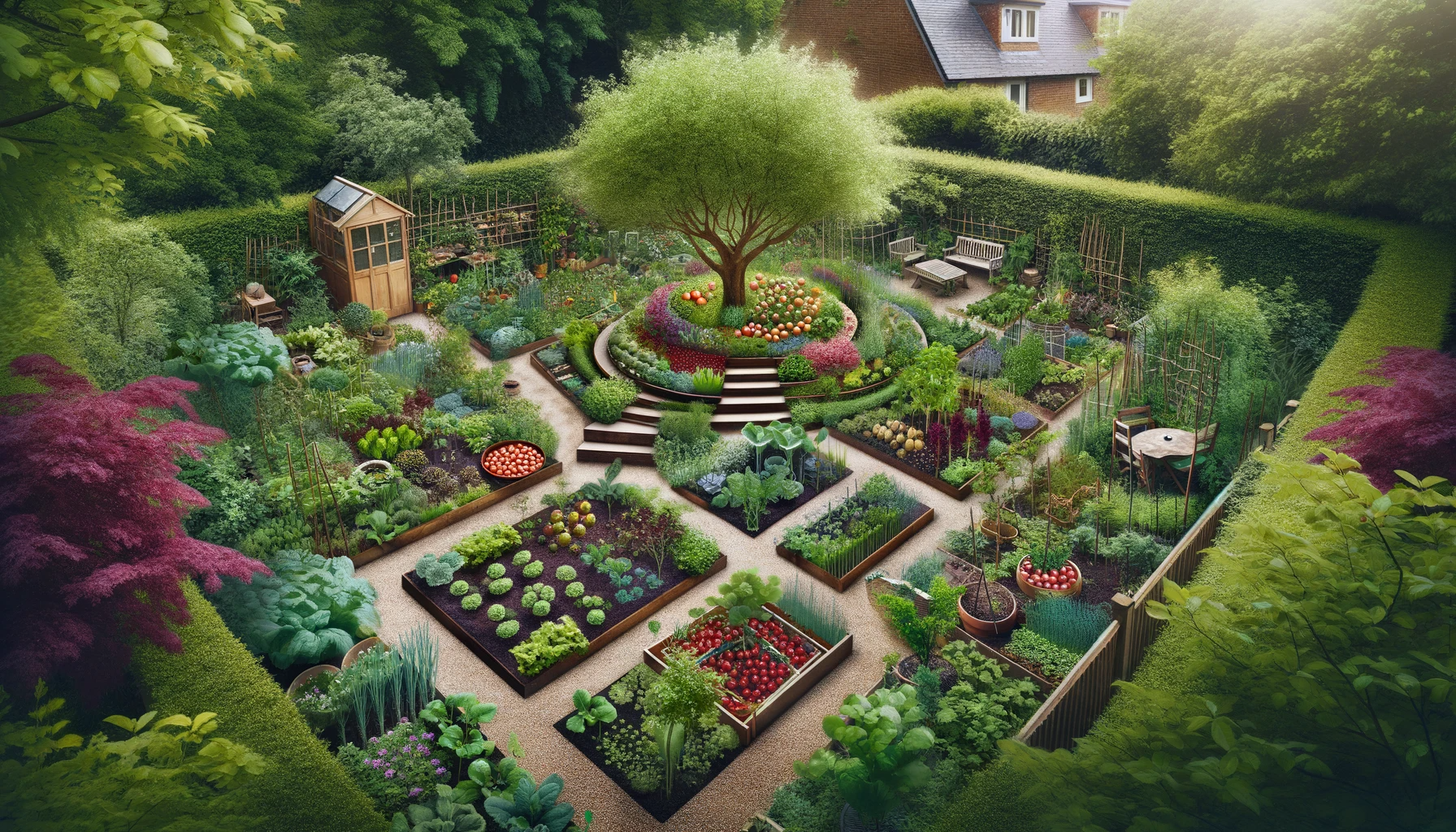Edible forest garden, modeled after abundant yet low-maintenance natural woodlands, feature mutually beneficial plant groupings. These include fruit and nut trees, shrubs, vines, and shade-tolerant herbs, mimicking multi-layered forests. Adapting this permaculture technique towards regionally suitable edibles transforms backyards into fruitful sanctuaries needing little care beyond strategic establishment.
Expanding on this concept, here are 6 key steps:
- Firstly, map sun patterns through the yard to determine suitable forest garden placement zones.
- Next, test soil to understand pH, nutrients, and discover any needed amendments. This information will inform your plant selections for the edible forest gardens.
- Then, research ideal regional edible varieties. Choose those resilient in your microclimate and needing similar care for fruitful partnerships.
- Furthermore, dig swales along contours to maximize water infiltration. This feeds the plantings passively in your edible forest gardens.
- Proceed by sheet mulching over lawn in selected zones. Use aged wood chips and manure to establish fertile raised beds.
- Finally, mimic nature by planting Guilds in the edible forest gardens. Include tall trees, small fruiting shrubs, leguminous nitrogen fixers, dynamic accumulators, and ornamentals strategically to benefit each other.
By mapping conditions, preparing soil, securing regionally adapted low-maintenance varieties, sculpting contours, and thoughtfully planting beneficial plant partnerships, Bay Area homeowners can cultivate bountiful backyard forests. These edible forest gardens require little care yet offer nutritious abundance for years. What edible forest garden plants thrive best in your microclimate? Share your experiences and insights below!

